Royal Navy Escorts Russian Evacuation Flotilla Through English Channel
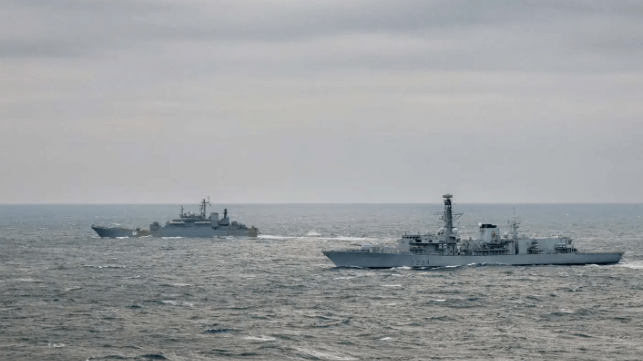
Royal Navy warships and aircraft shadowed a Russian task group in the English Channel in a concentrated operation last week.
HMS Iron Duke, HMS Tyne, a Wildcat helicopter from 815 Naval Air Squadron and RFA Tideforce reported on every move of landing ships, RFS Aleksandr Otrakovskiy and RFS Ivan Gren, and merchant vessels Sparta, Sparta II and General Skobelev and oiler Yelnya.
The group of six Russian vessels departed the Mediterranean recently, sailing through the busy international shipping lane in the English Channel as they sailed towards a Russian Baltic port.
"Whilst this particular Russian task group was not assessed to pose a specific threat to the UK, this closely coordinated operation demonstrates our steadfast determination to protect our nation’s territorial seas and Critical National Infrastructure; on which our economic prosperity depends," said Commander David Armstrong, CO of Iron Duke. "It is not enough to hope passing non-allied warships will not threaten our maritime security – we will be there to make sure they can’t."
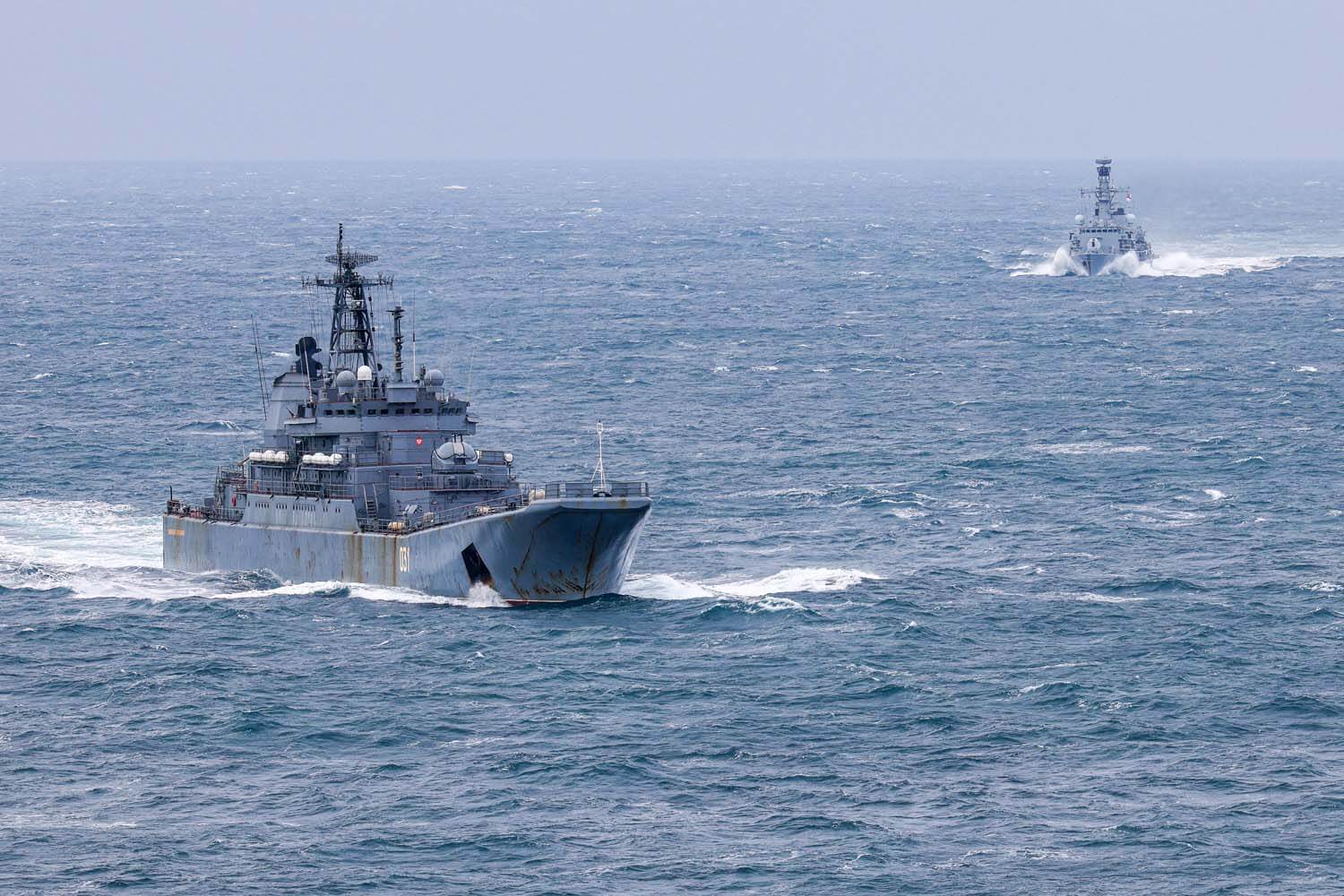
Ropucha-class amphib Alexander Otrakovsky (Royal Navy)
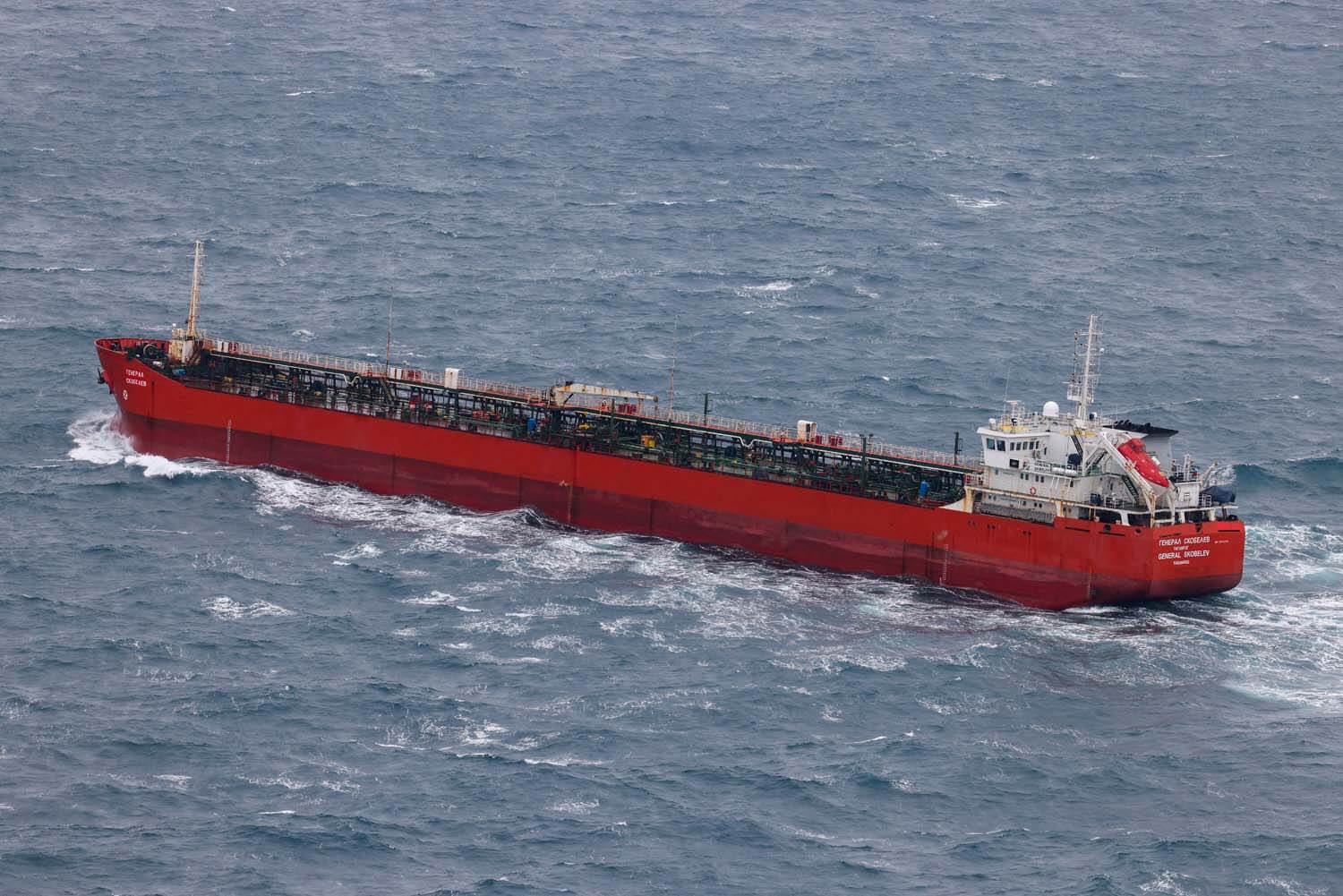 Russian tanker General Skobelev, sanctioned (Royal Navy)
Russian tanker General Skobelev, sanctioned (Royal Navy)
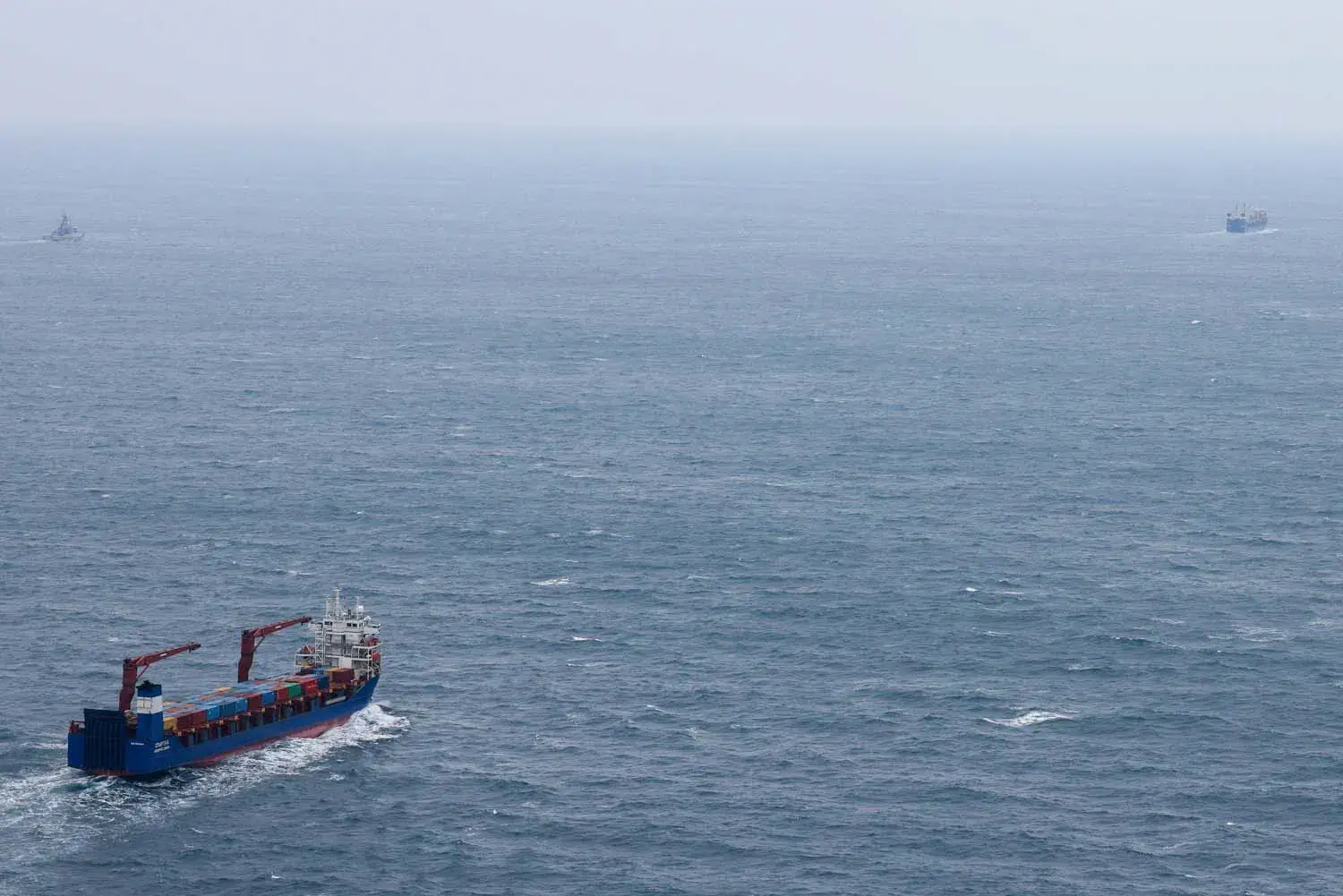
The Tartus evacuation flotilla: Sparta and Sparta II, both sanctioned (Royal Navy)
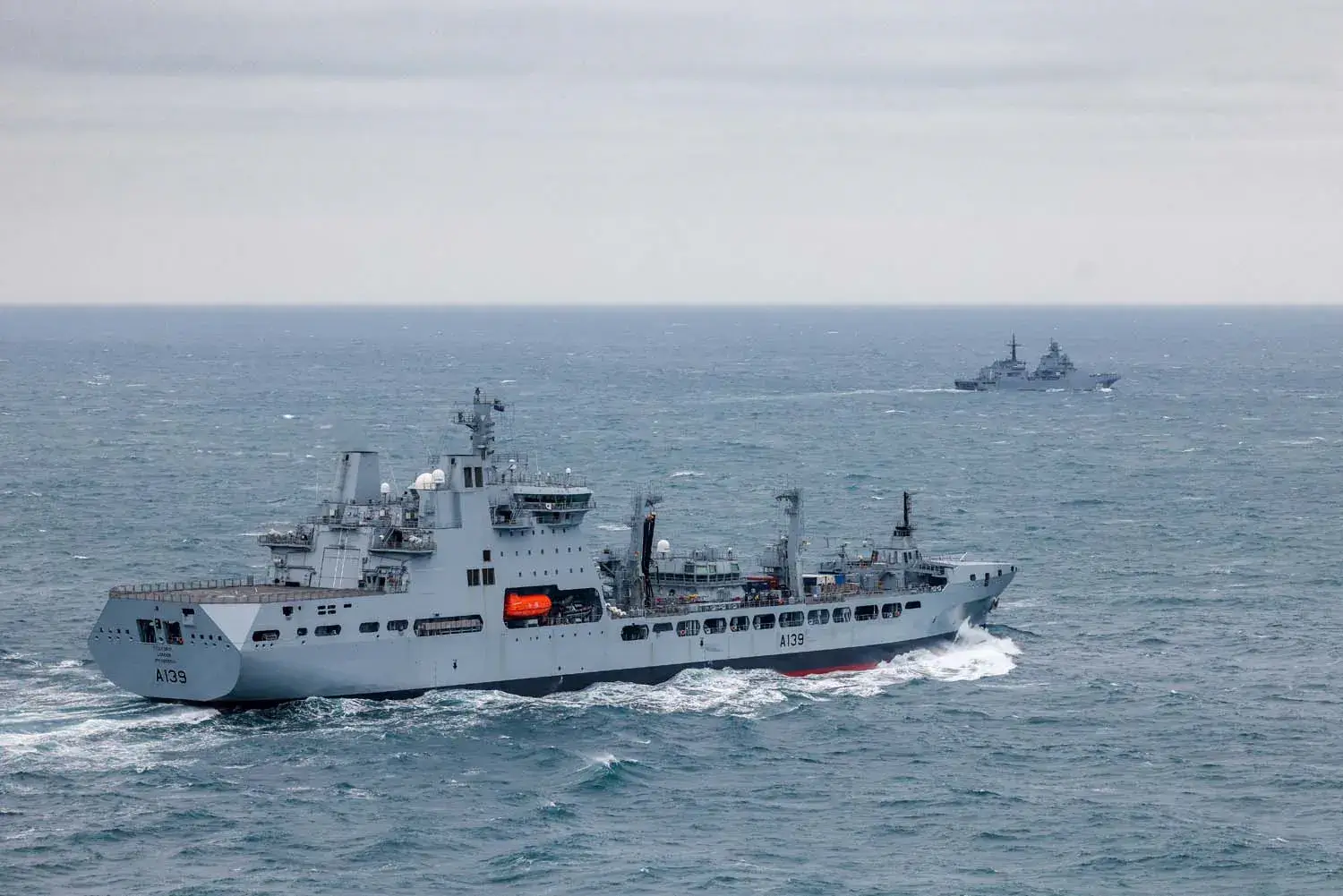 The fleet oiler RFA Tideforce escorts the Russian Navy frigate Ivan Gren (Royal Navy)
The fleet oiler RFA Tideforce escorts the Russian Navy frigate Ivan Gren (Royal Navy)
The Royal Navy maintained constant watch on the Russian task group, utilizing a range of sensors and cutting-edge technology to ensure accurate reporting of the transit.
Plymouth-based frigate Iron Duke – the Royal Navy’s Fleet Ready Escort – was activated to meet tanker Tideforce and patrol ship Tyne as the Russians entered the Channel.
While this is routine for the navy, it is still a skilled and complex operation, requiring close coordination and seamless cooperation with European allies, which deployed their own naval and air force assets.
Tideforce was the first UK ship to escort the task group, just west of Brest on the French coast.
The Russian group broke off into two groups in the Channel, with the Wildcat from 815 Naval Air Squadron and RAF P8 Maritime Patrol Aircraft providing critical information on movements from the air.
This latest operation follows the shadowing of a suspected Russian spy ship by HMS Somerset and HMS Tyne last month. The Yantar was tracked through the Channel and Strait of Dover.
This article appears courtesy of the Royal Navy and may be found in its original form here.
The opinions expressed herein are the author's and not necessarily those of The Maritime Executive.
